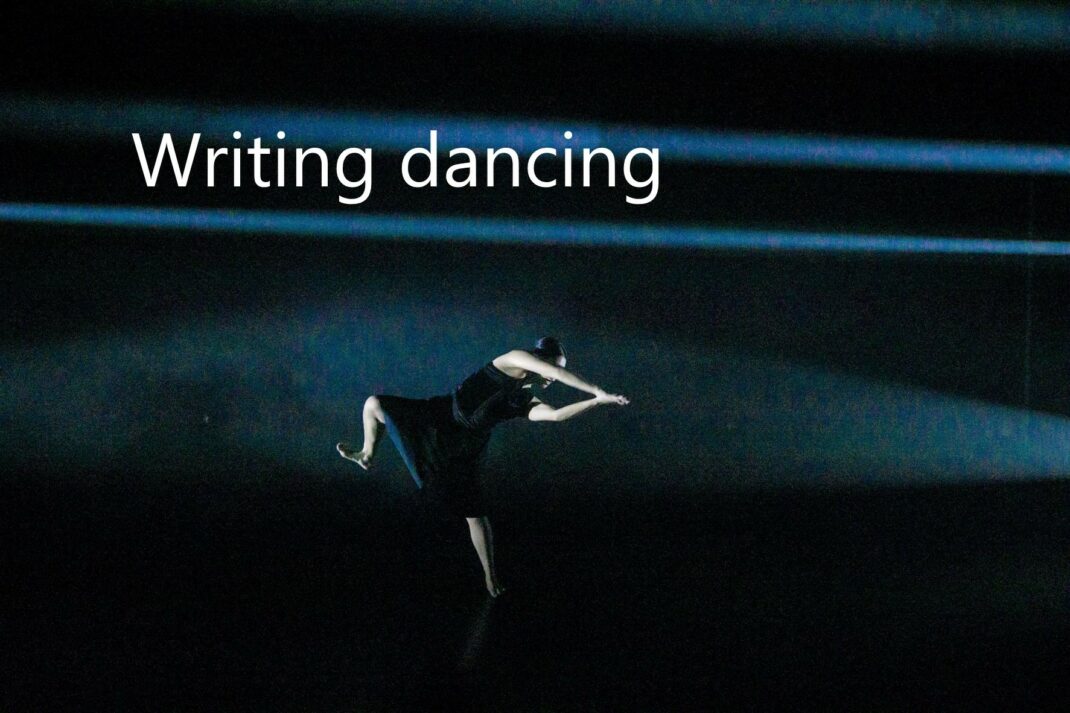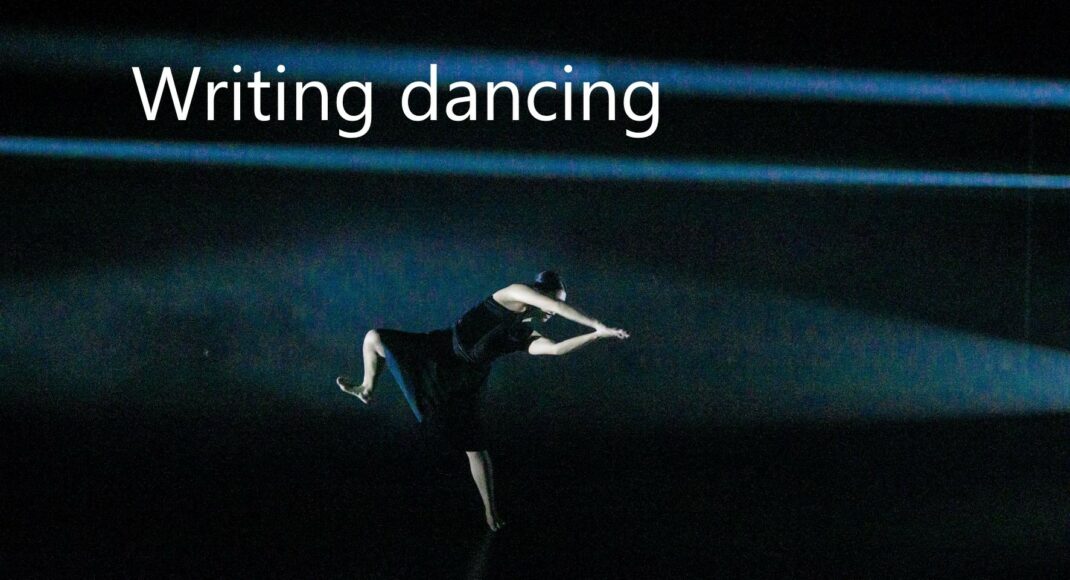The art of writing about dance has been on my mind for a while just recently—more so than usual that is. Several recent occurrences have sparked off my current bout of thinking. First, a colleague in New Zealand sent me an email in which she asked if I had read Zadie Smith’s article Dance lessons for writers, first published in The Guardian in 2016. I hadn’t read it, but it sounded interesting so I quickly got myself a copy. Then, Canberra-based dancer and writer, Emma Batchelor, gave a talk at the recent BOLD Festival in which she discussed the Smith article—one of those strange co-incidences that happen occasionally. Not long after, I read that Clement Crisp, renowned English dance writer and critic, had died.
The Zadie Smith article included six short analyses, or comparisons really, of the dancing styles of well-known figures, which Smith puts side by side: Fred Astaire/Gene Kelly, Michael Jackson/Prince, Rudolf Nureyev/Mikhail Baryshnikov and others. But it was Smith’s opening section that was the strongest element in the article. She based her opening comments around a remark addressed to dancers by Martha Graham:
There is a vitality, a life force, and energy, a quickening that is translated through you into action, and because there is only one of you in all of time, this expression is unique. And if you block it, it will never exist through any other medium and it will be lost. The world will not have it. It is not your business to determine how good it is nor how valuable nor how it compares with other expressions. It is your business to keep yours clearly and directly, to keep the channel open.
Smith asked what an art of words could take from the art that needs none. She mentioned the ideas of position, attitude, rhythm and style. It’s a terrific quote by Graham and an interesting concept by Smith of writers learning from what dance offers. Problem is that Smith didn’t really pick up in her following comments/analyses the ideas she found apparent in Graham’s paragraph. At least she didn’t in my mind!
Then along came Emma Batchelor! In her paper, Batchelor posed slightly rearranged subtitles following on from Smith’s Dance lessons for writers. She discussed for example Writing lessons learned from dance and Writing lessons for dancers. Ultimately she wrote:
The dance work I most respond to has an intellectual rigour. The thought process behind movement, the development of an idea. An understanding of what you want to convey and how.
Legibility. How legible is an idea, a movement.
Experimentation and play. Testing.
Literality. Opening or closing down space for interpretation.
Striving for a sense of ease, making the complicated look effortless.
Batchelor then examined a particular work by choreographer Chloe Chignell, Poems and other emergencies, which Batchelor believed demonstrated some of the ideas set out in her talk. While watching Chignell’s work, Batchelor realised she wanted to write about it and concluded, ‘Could the movement exist without words? The words without the movement? They were entwined.’
It was a thrill to hear Batchelor speak on this topic and her comments made clear to me that, while Smith had a terrific opening paragraph or two, she didn’t really develop, as I mentioned earlier, the thoughts she had presented in the comments that followed.
As for Clement Crisp (1931-2022), his writing over many decades has been remarkable and his death is a major loss to the dance world. But I lost much of my admiration for his work when he began to use the offensive word ‘Eurotrash’ for works that did not appeal to him. (He was not the only critic to use the word, I hasten to add). I prefer to stand by the words of American writer Marcia Siegel. I reviewed a collection of her writing entitled Mirrors and Scrims and the quote below is from that review:
[She says], ‘I see myself as both a demystifyer and a validator, sometimes an interpreter, but not a judge.’ She fearlessly carries through with this stance. In an analysis of the position of the much-admired critic Arlene Croce (as understood from her reviews), Siegel writes:
‘I think a critic has to take even mavericks and crackpots at their word. In not doing so, Arlene Croce places herself above the artists. She implies she knows better than they do what’s right for dance. To my mind, that’s the one thing a critic isn’t allowed.’
There is much to think about, across many areas, as we who write about dance pursue our work.
The review of Mirrors and Scrims is at this link.
Michelle Potter, 13 March 2022
Featured image (overwritten): Jareen Wee in Liz Lea’s The Point. Photo: © Andrew Sikorski


Thoughts:
I liked Zadie Smith’s essay that uses her comparison of pairs of dancers to help us see their contrasting qualities. It can seem refreshing when writers who don’t normally or exclusively write about dance put their attention there. It was for me the unexpectedness of discovering the piece that was part of my delight, especially as I had just watched the Broadway show of David Byrne and Talking Heads – reading of his friendship with Twyla Tharp – and was also thinking about David Bowie’s collaboration with Lindsay Kemp. Smith catches well the deliberateness of their moves, a kind of gesturing that avoids any hint of cliché but is of course dancing nonetheless. My favourite singing-dancing artist might be Tom Waits, who may use some camera effects in his moves but is still recognisably a surprisingly centred mover, as well as heart-stirring singer/songwriter.
Then I read Smith’s essays, Intimations, and found there a grainy intimacy of the domestic daily encounters with neighbours and locals that suited my mood in these times of broken expectations and confinements.
My next writing challenge might be to try to describe Douglas Wright’s monumental work, Black Milk, from 2006. It is arguably the most powerful piece of theatre ever seen in New Zealand. I’m not sure my pen would do justice to the phenomenal performances he extracted from ten remarkable dancers. Hyperbole and superlatives are not what’s needed, but how else to catch what he made? At least there is a video in the archives for those who want to reconsider the vision and courage Wright brought to his work. I know for certain I’ll never see the likes again. He ranks with Pina Bausch for the phenomenal impact of choreography with themes of humanistic reference and importance, sharing that calling with philosophy and literature. Perhaps I should write about them as a pair?